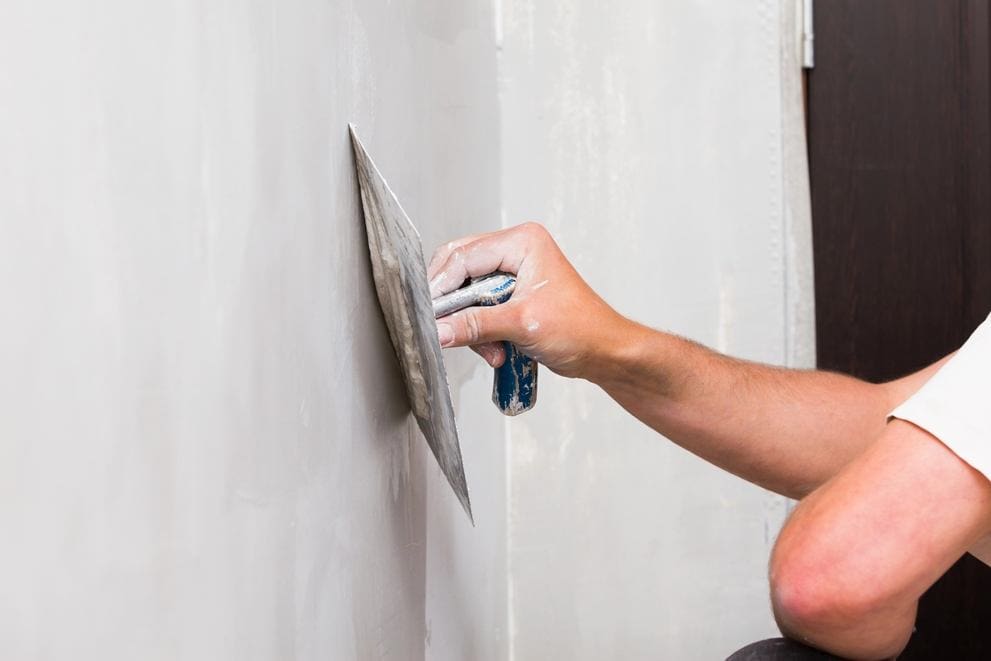
Although we use both techniques to achieve a flat and even surface on walls, plastering and rendering are distinctly different.
Different in the materials they consist of and the walls in which they are suitable for.
As a rendering specialist in Leeds, we work with our customers to provide the most appropriate solution to meet their requirements. Whether you’re looking to improve the aesthetics of your home, add value, add a layer of protection, or more, in this post, we look at the difference between rendering and plastering and which technique is most suitable for you.
Where both plastering and rendering apply a mortar material over brickwork, their two main differences include:
However, render can sometimes be applied to internal walls before plastering to help reduce condensation and moisture buildup, protecting against damp and mould developing in walls and cavities. (A specialist team, like Royal Rendering, will be able to advise you on this further).
Durability – rendering is stronger and more resilient.
Protection – render can help to protect from external elements, lower condensation, and reduce moisture buildup.
Longevity – plastering, with proper care, can stand the test of time, compared to render, which is exposed to external elements, putting it in a position that may mean it might not last as long.
When we look at the difference between plaster and render further:
Plastering is suitable for internal walls and is primarily made up of cement, water, lime, gypsum, and sand.
Creating a smooth surface, plastering helps prepare walls for painting, covering rough walls, hiding holes and cracks, and leveling surfaces.
One of the most significant plaster and rendering differences for contractors is how easy it is to carry out each technique. In this instance, plastering is easier than rendering, and it is something that can be carried out at any time of the year, whereas rendering should take place when it is dry and warm.
You can plaster wood, plasterboard, and concrete. Plastering involves a specialist technique, where, using a trowel, plaster is applied to create an even and glossy surface. A float will then be used to even out the plaster and remove any bumps. Once dry, the wall is then ready for decoration.
Note: plaster must be completely dry before applying paint or wallpaper. Plaster is dry when there are no dark patches visible.
Rendering has a much heavier composition, containing more cement, making it ideal for external walls.
As block and brickwork are susceptible to crumbling and breaking, rendering can be used to help keep these external facades in the best shape and maintain their high performance.
Protecting your home from the harsh external elements, as well as general building wear and tear, rendering is a much more resilient mortar.
Render can be applied over brickwork, masonry blocks, and even stone surfaces, and can be smooth, flat, patterned, and even textured depending on preferences.
If you’re thinking about house rendering, please always work with a professional and experienced team. Rendering is a specialist technique and an investment in your home; you want to make sure you get it right.
Additionally, if your choice comes down to rendering or cladding, make sure to check out our latest post looking at both of these and the features and benefits that each offers so that you can make the best decision for you.
Both plastering and rendering are composed of the same basic ingredients, but as we’ve noted, rendering does have a stronger composition, allowing it to withstand more external elements.
When it comes to plastering and rendering differences, this is one of the most commonly asked questions we receive.
Hopefully, this article explains a little bit more about each and where each is most suitable.
If you require a rendering specialist and further information and support, call us on +44 7463 602256; our team will be happy to help.
"*" indicates required fields